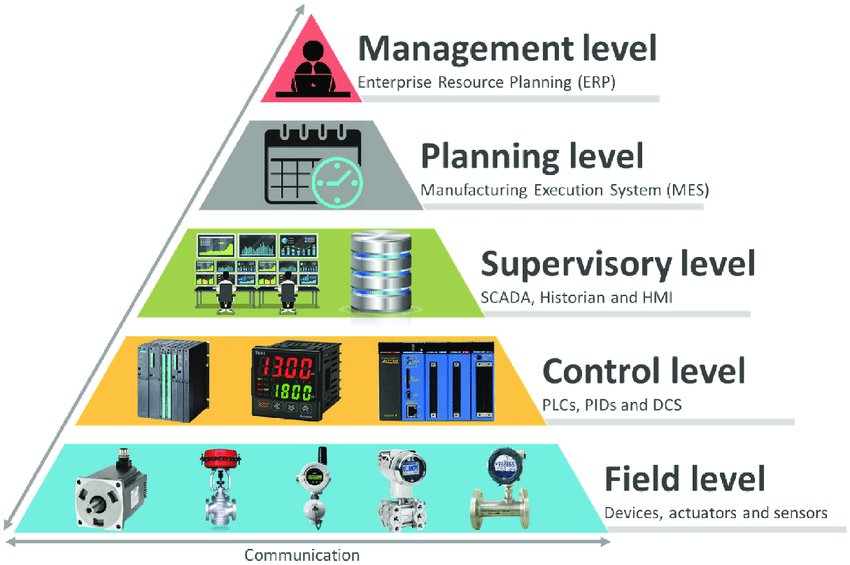Right here! This website has been made to help you start your decarb journey. I suggest everyone starts with benchmarking – find out what others are doing and see how you measure up.
If you are worried you are behind you may find out you’re not actually so bad! Once you know where you are in the process you will be able to pick and choose the steps that math your maturity.
Roughly speaking, there is a pyramid of decarbonisation stolen shamelessly from the automation guys:

We simply tweak this for our needs as the basics work – the implication of the pyramid is that you can’t build the second layer properly before the first is complete, so we can try to lay out the various building blocks in an order such that we ensure we walk before we run.
For us, the base level is efficiency: are we using latest best practice to maximise yield and avoid waste? This first step is much less sexy but much more important that those that follow. Wastage is still the biggest opportunity, this of insulation for housing, uneaten food, leaked natural gas…
We can also ask here: are we optimally located to minimise logistics and to get the green energy?
The second level would be to look at our purchasing choices, starting with energy – do we still use coal or fuel oil? Does our electricity provider offer green tariffs? This goes on to examine all our raw materials – do we demand the full carbon accounting from our suppliers? Do we make purchasing decisions with carbon credentials in mind? Have we optimised our recipes or designs to use the best/least material?
The third level will be around investment decisions. Can you invest in newer more efficient assets? Could you install a biomass gasifier – or maybe hydrogen powered furnace or boiler? Could you look at electrifying your fossil-powered processes? This layer requires a long term strategy and a lot of confidence – confidence about future market conditions, future legislation and the future public expectations around sustainable business – thus, this is the step where most of us will get stuck.
A fourth level would look at carbon capture and all that entails. This will entail capex and extra opex – but could save you tax or perhaps result in a byproduct. The main issue here is that most companies are experts in making what they make, tennis shoes or cakes or fluffy toys – not in handling CO2. Thus I put this at level 4, as something to only consider once one has examined and exploited all the lower level options as fully as possible.
And finally, we have offsets – the idea that you can pay someone else money to remove CO2 from circulation. This is today at level 5 as a last resort because today, the offset market is of very mixed quality. I am hopeful it will grow up fast such that the market will find ways to channel funds to the best, most efficient projects, such that each dollar you put in offsets removes more carbon than a dollar you spend fixing your own business, but we are not there today.
This website aims to become a helpful collection of advice – a roadmap to help you navigate with explanations of the key debates, short primers on the key technologies (and the jargon) along the way. I hope to arm you with the fasts you will need to make the key decisions you will have to make.
It will take a while to get there while we build it up, I welcome your feedback and experience if you have the time to share it in the comments!
Jarrod R. Hart – 28th December 2023